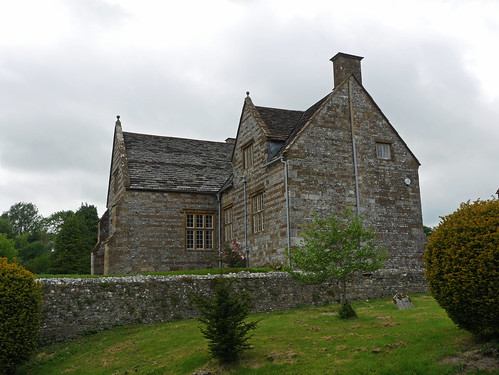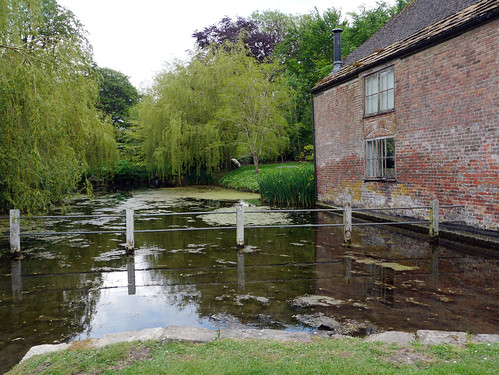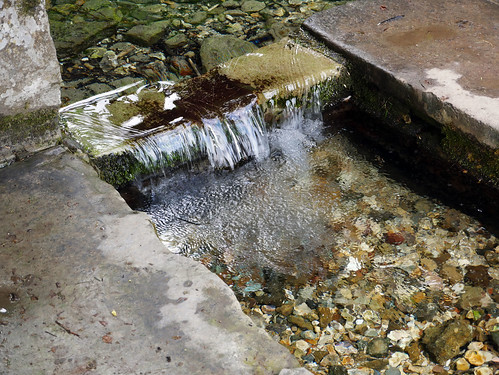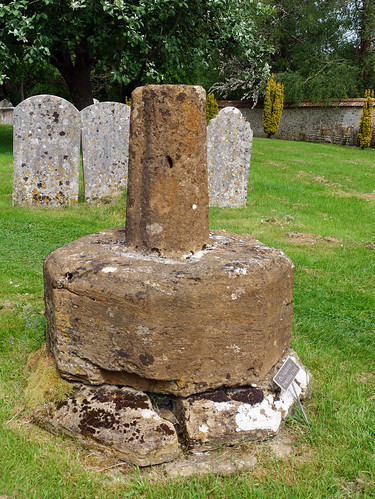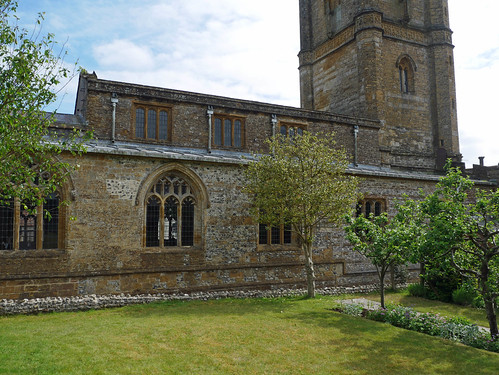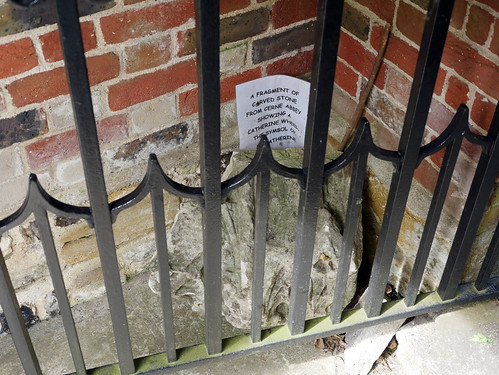Cerne Abbas is a charming and quaint village that is world renowned for the Cerne Giant, a 180 ft high ancient chalk figure carved out into the steep sloping hillside above the village.
The origins of the Giant, now owned by the National Trust, are a mix of fact and speculation. Some believe that he represents the Roman god Hercules or that he is a Pagan fertility symbol. There is no known historical record before 1694, however recent studies suggest the giant was first made by the Saxons between AD 700 and 1100.
The village of Cerne Abbas grew around a great Benedictine Abbey, which was founded in AD 987 however the dissolution of the monasteries in the 16th century sadly saw the Abbey destroyed. Remains of the Abbey can still be seen today and are well worth a visit. Despite the loss of the Abbey the village managed to not just survive but prosper; Cerne’s fresh underground water supply fuelling a highly successful brewing trade. The quality beer was sold as far afield as London and was even exported to the Americas. Due to this industry, Cerne Abbas at one time boasted no fewer than 15 public houses with a population of only 1500. Waterpower also gave rise to many other small industries including milling and silk weaving.
Comments Off CherryPie on May 11th 2022



